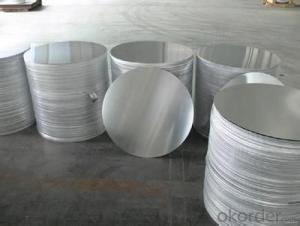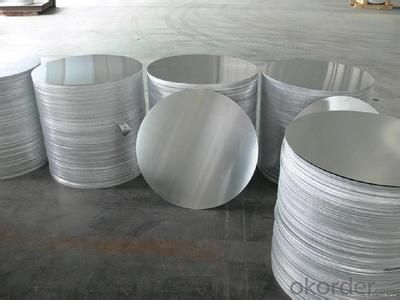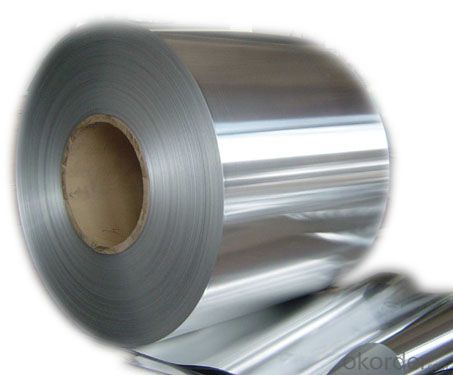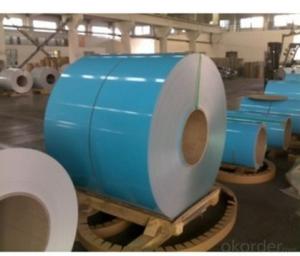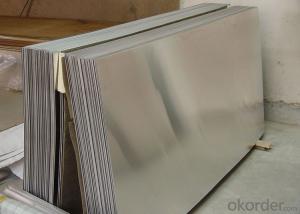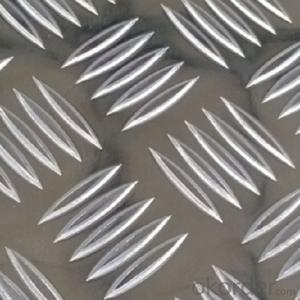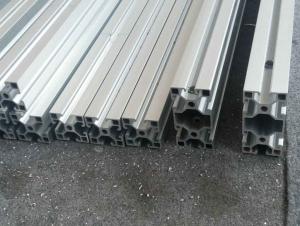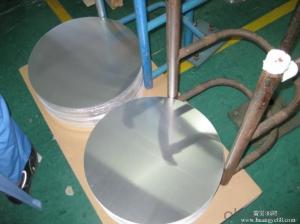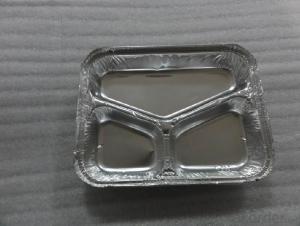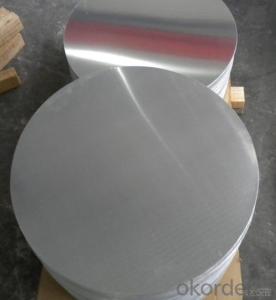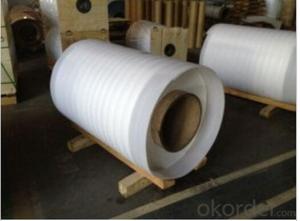Bending Light Weight Aluminum Sheets for Cooking Applications
- Loading Port:
- Shanghai
- Payment Terms:
- TT OR LC
- Min Order Qty:
- 2 m.t.
- Supply Capability:
- 1000 m.t./month
OKorder Service Pledge
OKorder Financial Service
You Might Also Like
Specification
Structure of Aluminium Circle for Cooking Applications Description:
Coated aluminum coil/sheet are of a wide range of colors, which gives wonderful appearance no matter in residential and commercial constructions of great exhibition centers.
The coated aluminum coil/sheet have been widely used in the fields of construction and decoration( garage doors, ceiling etc.), electronic appliances, lighting decoration, air-condition air pipes, sandwich panels and drainages etc.
Main Features of the Aluminium Circle for Cooking Applications:
1) High flexibility
2) Impact resistance
3) Excellent weather-proof durability
4) Anti-ultraviolet
5) High erosion resist
Images of the Aluminium Circle for Cooking Applications:
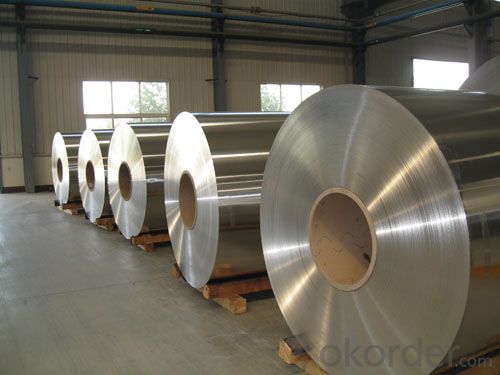
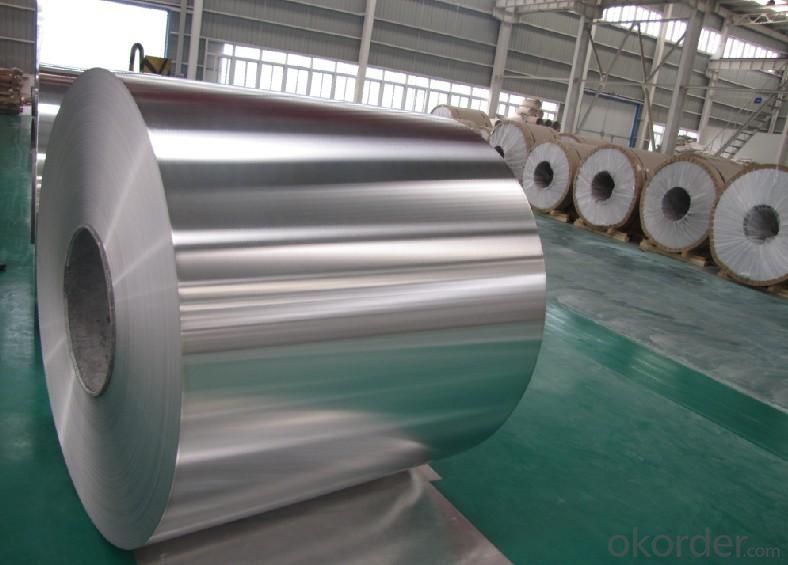
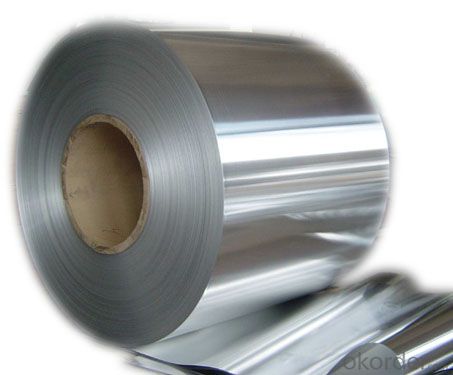
Aluminium Circle for Cooking Applications Specification:
Alloy | A1100,A3003,A1050,A8011 etc |
Temper | H16,H18,H24 |
Thickness | From 0.024mm to 1.2mm |
Width | Standard width:1240mm |
Special width:1300mm,1520mm,1570mm,1595mm | |
Diameter | Standard dia:1200mm |
Interior dia:150mm,405mm,505mm | |
Weight | 2.5 T/coil,3.0 T/coil |
Coating | PE, PVDF, AC |
Surface | Embossed, mill finish, coated |
Color | AS to code RAL |
Gloss | 10-90%(EN ISO-2813:1994) |
Coating Thickness | PE: more than 18 micron |
PVDF: more than 25 micron | |
Coating Hardness (pencil resistance) | More than 2h |
Coating adhesion | 5J(EN ISO-2409:1994) |
Impact Resistance | No peeling or cracking(50 kg/cm,ASTMD-2794:1993) |
Flexibility (T-bend) | 2T |
MEK resistance | More than 100 |
FAQ Aluminium Circle for Cooking Applications:
a.What is monthly capacity
---CNBM is one stated own company and our monthly capacity is about 2000tons.
b. Now which countries do you export your goods?
---Now we export to South East Asia,Africa, North America,South America ect.
- Q: Can the aluminum sheets be used for manufacturing kitchen countertops?
- Yes, aluminum sheets can be used for manufacturing kitchen countertops. Aluminum is a versatile and durable material that is resistant to corrosion and heat. It is lightweight and easy to work with, making it suitable for creating custom countertops in various sizes and shapes. Additionally, aluminum countertops offer a modern and sleek aesthetic, and they can be easily cleaned and maintained. However, it is important to note that aluminum is a softer metal compared to other materials commonly used for countertops, such as granite or quartz. This means that aluminum countertops may be more prone to scratches and dents. Nevertheless, with proper care and maintenance, aluminum sheets can be a viable option for manufacturing kitchen countertops.
- Q: This question asks for a comparison of aluminum sheets with other common materials used in building insulation, focusing on their properties and performance.
- <p>Aluminum sheets are lightweight and have excellent thermal conductivity, which can be both an advantage and a disadvantage in insulation. They reflect heat well, making them useful in radiant barrier applications, but they are poor insulators as they do not trap heat. In contrast, materials like fiberglass, cellulose, and mineral wool have lower thermal conductivity and are more effective at reducing heat transfer. These materials are better at insulating as they trap air, which is a poor conductor of heat. Foam insulation, such as polyurethane and polystyrene, also offers good thermal resistance due to their closed-cell structure. Overall, aluminum sheets are not typically used as primary insulation but can be effective in specific applications where heat reflection is desired.</p>
- Q: This question asks for a list of various methods used to treat the surface of aluminum sheets to improve their properties or appearance.
- <p>There are several types of surface treatment for aluminum sheets, each serving different purposes. These include: Anodizing, which creates a protective oxide layer and enhances corrosion resistance; Chemical Conversion Coating, such as chromate conversion, to improve paint adhesion and corrosion resistance; Electrolytic Polishing, which provides a smooth, shiny surface; Powder Coating, an electrostatic process that applies a durable coating; Paint Coating, offering a wide range of colors and finishes; and Mechanical Polishing, which smooths the surface and improves reflectivity. Each treatment has its specific applications and benefits, depending on the desired outcome for the aluminum sheet.</p>
- Q: Are aluminum sheets fire resistant?
- In reality, fire resistance characterizes aluminum sheets. With a high melting point and difficulty in igniting or burning, aluminum emerges as a non-combustible substance that hinders fire propagation. Consequently, aluminum sheets find extensive utilization in sectors like construction and aerospace, where fire resistance assumes paramount importance. Nevertheless, it is crucial to acknowledge that although aluminum inherently possesses fire resistance, the materials or substances affixed to or in contact with the aluminum sheet might lack such properties.
- Q: Which kind of glue can bond two pieces of aluminum sheets?
- You can use AB glue.
- Q: What is the shear strength of aluminum sheets?
- The shear strength of aluminum sheets varies based on the specific alloy and temper of the material. In general, aluminum alloys have a lower shear strength compared to steels, but higher than most other non-ferrous metals. The shear strength can range from around 30 to 60 MPa (MegaPascals) for commonly used aluminum alloys in sheet form. However, it should be noted that these values can change depending on factors like thickness, surface finish, manufacturing process, and any heat treatments applied to the aluminum sheets. Therefore, it is recommended to refer to the specific material datasheet or reach out to the manufacturer for accurate and detailed information regarding the shear strength of a particular aluminum sheet.
- Q: Can aluminum sheet be welded?
- Yes, aluminum sheet can be welded. Aluminum is a versatile metal that can be easily welded using various techniques such as gas tungsten arc welding (GTAW), gas metal arc welding (GMAW), and resistance spot welding (RSW). However, welding aluminum requires special considerations due to its high thermal conductivity and low melting point compared to other metals. It is important to choose the appropriate welding process, filler material, and shielding gas to ensure a successful weld. Additionally, proper surface preparation, including cleaning and removing any oxide layer, is crucial for achieving a strong and durable weld in aluminum sheet.
- Q: What is the typical fracture toughness of aluminum sheets?
- The typical fracture toughness of aluminum sheets can vary depending on a variety of factors such as the alloy composition, heat treatment, and manufacturing process. However, on average, the fracture toughness of aluminum sheets ranges from 20 to 40 MPa√m. This value indicates the material's ability to resist crack propagation and withstand applied loads without fracturing. It is worth noting that aluminum alloys can be further enhanced with various strengthening techniques, such as alloying elements and grain refinement, which can improve their fracture toughness. Therefore, it is essential to consider specific aluminum alloys and their respective processing conditions to determine the precise fracture toughness of aluminum sheets in a given application.
- Q: Are aluminum sheets prone to warping?
- Under certain conditions, aluminum sheets may be susceptible to warping. Unlike steel, aluminum is a relatively soft metal, making it more prone to bending or distorting. However, the extent of warping in aluminum sheets depends on various factors, including sheet thickness, alloy composition, temperature exposure, and applied stress levels. Thinner aluminum sheets have less structural integrity, making them more prone to warping. Conversely, thicker sheets are more resistant to warping due to their increased rigidity. The specific alloy composition of the aluminum sheet also affects its susceptibility to warping. Warping can occur due to temperature fluctuations. High temperatures cause aluminum to expand, and without proper support, it may bend or warp. Similarly, rapid cooling causes contraction, leading to warping. The level of stress applied to aluminum sheets can contribute to warping. Excessive bending, pressure, or unevenly distributed loads can deform the sheet. To minimize warping, it is crucial to handle aluminum sheets carefully, provide adequate support during temperature changes, and avoid applying excessive stress. Additionally, using thicker sheets or selecting alloys with higher tensile strength helps reduce the risk of warping.
- Q: Can the aluminum sheets be used for manufacturing aircraft parts?
- Aluminum sheets are indeed suitable for the production of aircraft parts. They are a lightweight and durable material commonly utilized in the aerospace sector. With its exceptional strength-to-weight ratio, corrosion resistance, and excellent formability, aluminum is ideal for various applications in aviation. It is effortless to fabricate aluminum sheets into intricate shapes, making them perfect for manufacturing aircraft wings, fuselages, panels, and structural supports. Moreover, aluminum's high conductivity facilitates efficient heat dissipation in crucial areas of the aircraft. Consequently, aluminum sheets are widely preferred for aircraft part manufacturing due to their desirable properties and reliability in the aerospace field.
Send your message to us
Bending Light Weight Aluminum Sheets for Cooking Applications
- Loading Port:
- Shanghai
- Payment Terms:
- TT OR LC
- Min Order Qty:
- 2 m.t.
- Supply Capability:
- 1000 m.t./month
OKorder Service Pledge
OKorder Financial Service
Similar products
Hot products
Hot Searches
Related keywords
